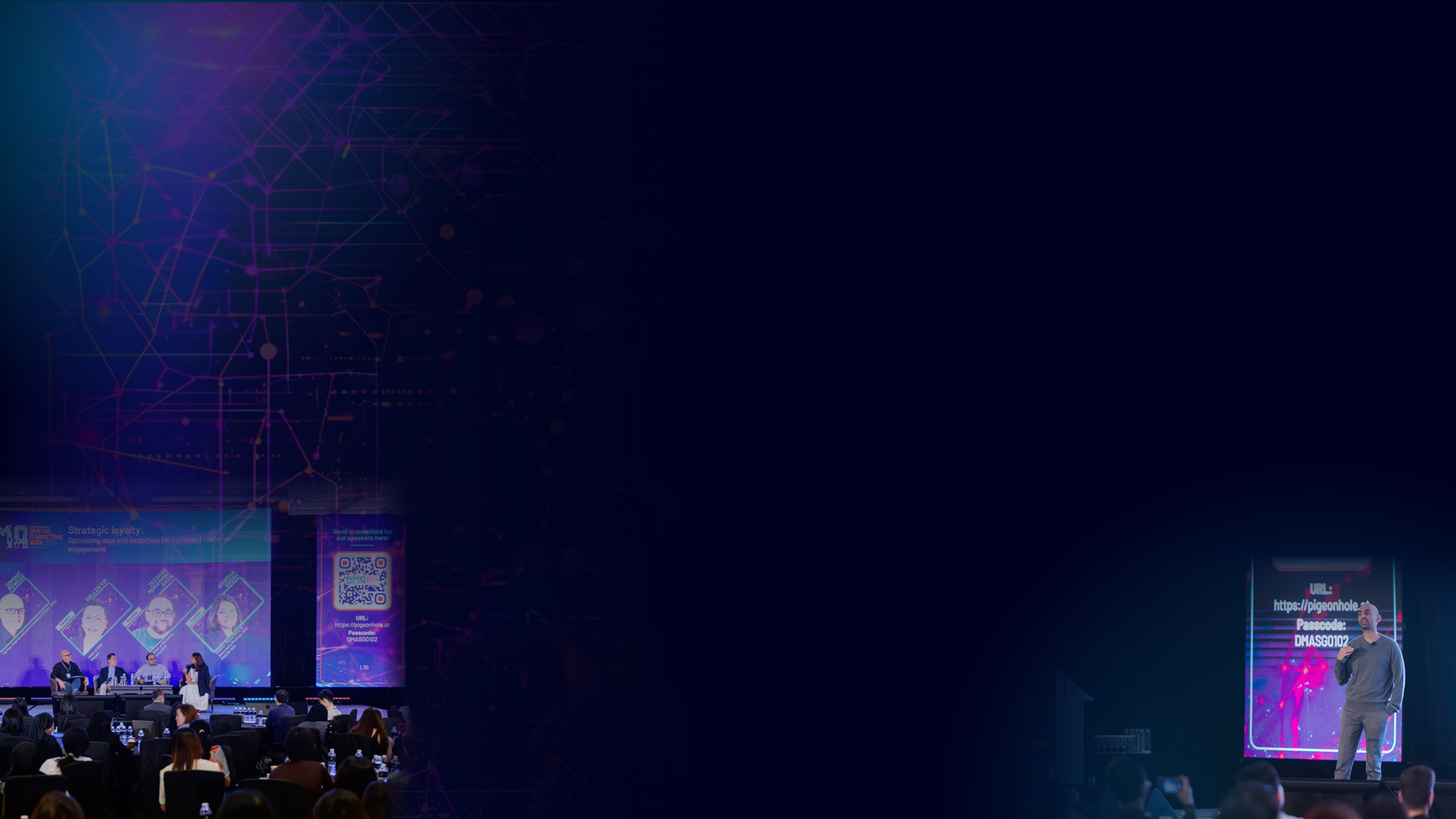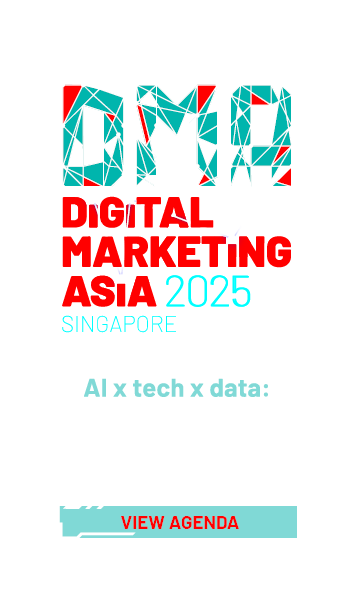



Opinion: Facing the uncomfortable truth about diversity and inclusion
share on
Diversity isn’t a new topic, but we all found ourselves at the centre of many discussions about it in the last few years. From #BlackLivesMatter, #LoveWins, #MeToo, and now #StopAsianHate, we are made aware that there’s more to it than creating a new department in a company. There has also been a lot of research and studies driven by various brands stating that diversity is no longer a compliance measure but a necessity.
Sure, there is awareness and acknowledgement of the need for diversity and inclusion. However, I don’t think anyone, not even organisations nor governments, has figured out the best way to approach it yet. We have identified the needle in the haystack and now we need to find out how to move it.
“But all these started in the US, what does it have to do with someone who lives on the other side of the world?” Well, a lot.
It affects us more than we think, way beyond geography, race, religion, gender, and age. There is still some work to be done but the conservative Asia Pacific region is starting to show positive signs of how people and organisations can encourage and drive change across the region. This isn’t an issue we leave to the authorities to sort out but is rather something we, as individuals, must collectively and actively deal with. Moving the needle is a pressuring task that we eventually have to face. Much like the rest of the region, we’ve just crossed the starting line. Being a part of the creative and communications industry, we somehow hold responsibility for this task.
Here are some ways we can tackle the discomfort:
1. We have to unlearn what we know
Growing up in a conservative Asian household for most of my formative years, I have become used to keeping by the rules and exposed to a certain “path to success”. Respect and being polite can sometimes mean not speaking up. Much like you, I am unlearning and relearning. As soon as I started asking questions, things unravelled before me. What I thought was the norm wasn’t actually appropriate such as microaggressions and gaslighting, among others.
In our work, we are exposed to current affairs and our brand knowledge keeps us abreast of what is happening both within and outside of the industry. It may seem overwhelming but taking time to read, watch, listen and deepen our understanding is the first step. Introspection is also helpful; think about it as checking our privilege. However, we also shouldn’t rely too heavily on our own experiences.
Talk to many and be attuned to their own unique experiences. Don’t generalise from the stories of one or two.
Be vigilant and approach with care, humility and a learning mindset. Unlearning what we know and what we are used to can transform our perspective. We know this so well as “agency people” – just like how there is no “one size fits all” commercial that makes the consumers want to buy your product, our approach to discuss diversity and inclusion should be the same.
2. Encourage difficult conversations
Part of the learning process is encouraging discussions. Businesses organise their diversity initiatives to create a space for conversations. We have avoided it for far too long because we found it uncomfortable and intimidating, even controversial. It is a challenging yet necessary step to establish trust and authenticity. Having a safe space and making ourselves available to listen, understand, empathise, and validate the people’s experiences shows a willingness to engage. Diversity and inclusion isn’t a one-off trend, it shouldn’t be an afterthought. It should be an integral part of the organisation. That said, don’t expect the discussion to end.
Leading conversations about sensitive topics takes practice. It doesn’t have to be done perfectly, what’s important is that you keep doing it. Expect it to be challenging, recognise the process and approach them as another learning experience. Living in Asia pushed me to pay attention to cultural differences or language barriers, unpopular opinions, range of emotions, and nonverbal responses. We must acknowledge various interpretations and explore the questions.
The end goal isn’t about reaching an agreement or having an answer but rather to reflect, understand and broaden our thinking.
As agents of communication, we can create this space for conversations not only within the industry but with the brands that we work with.
3. Be an ally and help build a community of allies
There is always someone with less privilege than you. Becoming an ally is not about making yourself look good or feel better, be vigilant about performative allyship or tokenism. Give your support at the moment - when you see something, say something. Allies endeavour to drive improvements to workplace policies, culture and practices.
Allies can also broaden their impact by participating or forming groups of colleagues interested in fighting inequality or starting conversations around diversity. It can become a ripple effect as communities take action and stand up in solidarity. Allyship can help push for organisational change, seeing allies champion and lend time to implement and drive initiatives at work.
Having a clear purpose and goal, and transparency from the leaders about plans and progress of these initiatives could link to outcomes of responsibilities and rewards.
We have seen the impact of movements like #BlackLivesMatter, #LoveWins, #MeToo, and #StopAsianHate on creating awareness and pushing for policies globally. We’ve all become allies as an individual and as part of an organisation. As all these were happening, we’ve also come to realise the power we hold in affecting changes.
If there is something that we should take away from this is that we should use our channels as a tool to create a ripple effect within and outside our industry. There are still underrepresented voices that we have to uncover and issues to address. I think the future of our industry is optimistic as we see more agencies encouraging open conversations with brands to become better allies. There is no better time than now as we have the opportunity and the responsibility to create a safer environment for everyone. In fact, this safer space might become a source of inspiration and imagination in the creation of impactful campaigns that will drive positive change.
The writer is Miko Cabuyadao, customer reference director at Distillery Singapore.
MARKETING-INTERACTIVE’s Adland's Diversity & Inclusion Index recognises Asia's change-makers who are pushing the boundaries and cultivating a culture for tomorrow. Nominate case studies of your D&I initiatives for workforce in Asia today!
Photo courtesy: 123RF
share on
Free newsletter
Get the daily lowdown on Asia's top marketing stories.
We break down the big and messy topics of the day so you're updated on the most important developments in Asia's marketing development – for free.
subscribe now open in new window
